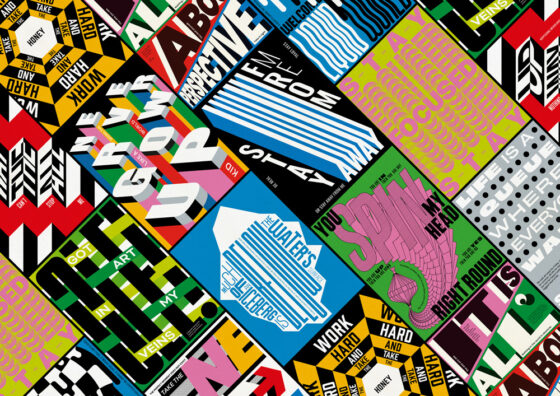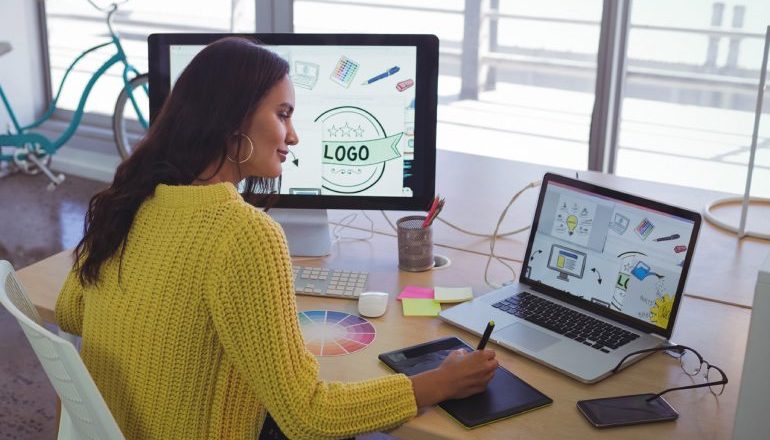When hiring graphic designers from Latin America, it’s vital to delve into the unique regional design styles that characterize each major talent hub. These styles are not merely aesthetic choices; they embody the cultural, historical, and social influences of each region.
Here’s a structured and detailed breakdown of the unique regional design styles in Latin America, highlighting the characteristics that differentiate graphic designers from each main talent hub.
Understanding these styles can help you make informed decisions when hiring remote graphic designers and ensure a good fit with your brand’s creative direction.
1. Mexico
- Vibrant Colors and Cultural Motifs: Designers utilize a palette that reflects Mexico’s colorful cultural heritage, often incorporating Aztec patterns and folk art.
- Modern-Traditional Fusion: Expect a seamless blend of contemporary design techniques with traditional art forms, creating dynamic and engaging visuals.
- Expressive Typography: Typography is often bold and a central element of the design, suitable for making strong visual statements.
2. Brazil
- Playfulness and Expression: Brazilian design stands out with its lively use of colors and creative, expressive illustrations, embodying the country’s vibrant cultural mosaic.
- Organic Forms: The use of fluid, organic shapes in designs adds movement and a modern flair, ideal for branding and digital interfaces.
- Multicultural Flair: Influences from African, European, and Indigenous cultures give Brazilian designs a unique and diverse visual appeal.
3. Argentina
- Minimalist Aesthetics: Argentinian designers favor a clean, minimalist approach, particularly in digital design spaces like UI/UX.
- Editorial Strength: There is a pronounced tradition of editorial and print design, characterized by structured and clean layouts.
- Typographic Detailing: Emphasis on typographic craftsmanship, focusing on font selection and hierarchy, aligns well with projects needing refined visual communication.
4. Peru
- Cultural Integration: Designers frequently draw on Peru’s rich heritage, incorporating Andean motifs and pre-Columbian art into modern designs.
- Textile Inspiration: Traditional textile patterns find their way into packaging and branding, offering unique textures and visuals.
- Natural Color Schemes: Earth tones and natural hues dominate, reflecting Peru’s landscape and cultural aesthetic.
5. Colombia
- Tropical Vibrancy: Colombian design features bright, lively colors inspired by the country’s flora and fauna.
- Urban Art Influence: The impact of street art and graffiti is evident, infusing designs with a bold, contemporary edge.
- Diverse Styles: A melting pot of cultural influences mirrors Colombia’s diverse demographic, resulting in a versatile and adaptive design style.
These insights into regional design styles can guide U.S. companies in selecting graphic designers who not only meet technical standards but also bring culturally enriched perspectives to the team. For more practical tips you can refer to our comprehensive Guide on How to Hire Remote Graphic Designers.


